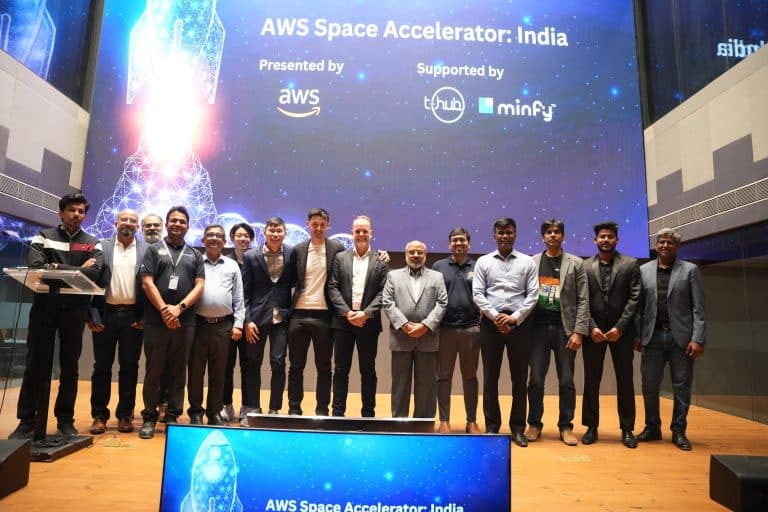Today, there is a new breed of applications that need enhanced capabilities and performance at the edge. It can be challenging to run such applications in non-data centre environments, or where there is a lack of consistent network connectivity. These places usually do not have space, power, and cooling required for data centre IT equipment.
This is where The Snow Family can bring value, including AWS Snowcone, AWS Snowmobile, and AWS Snowball. The devices can provide built-in computing capabilities, which can be utilised to help physically transport up to exabytes of data into and out of AWS. So, businesses can perform data collection, machine learning and processing, and storage in environments with intermittent connectivity (such as manufacturing, industrial, and transportation) or in extremely remote locations (such as military or maritime operations) before shipping it back to AWS.
Companies can use the recently launched Snowcone to collect, process, and move data to AWS, either offline by shipping the device to AWS or online by using AWS DataSync. If you compare AWS Snowcone and AWS Snowball, it is evident from the name of the Snow family, and similar to Snowball, it has all the rugged capabilities, security capabilities, and shipping capabilities. The primary difference is, of course, things like size, weight and compute.
AWS Snowcone Features
Snowcone is an edge processing computing device. Its features include data transfer and storage, just with the size of a tissue box. It has 4Gb of RAM, two virtual CPUs, and 8TB of usable storage. It can also act as an IoT Gateway, has WiFi, Bluetooth and comes preloaded with DataSync.
It has USB-C for power and USB-C for the data port, and you can use the device in very harsh environments with desktops, data centres, vehicles, and in conjunction with drones. According to AWS, it can be used as a rugged device for usage and will work in extreme weather conditions. Since it’s four and a half pounds, it is portable and can be easily taken anywhere.
Snowcone includes an E Ink shipping label designed to ensure the device is automatically sent to the desired AWS facility and to aid in tracking.
In terms of data security, just like an AWS Snowball, the data is multi-layer encrypted so companies can use it for secure data distribution, and feel secure about data in transit. This feature also makes it useful for a lot of places like public sector, defence, intelligence and disaster relief efforts. Like AWS Snowball, Snowcone has multiple layers of security encryption capabilities. Snowcone encrypts data at rest and in transit utilising keys which are managed by AWS Key Management Service (KMS) and are never stored on the device.
How Can Snowcone Be Used For Data Workloads?
The data can be collected, processed, and transferred to AWS, and run edge computing workloads that use Amazon EC2 instances. Snowcone is designed for data migration needs up to dozens of terabytes. It can be used in space-constrained environments where Snowball devices don’t fit or maybe too large.
Snowcone can run edge computing workloads that use Amazon Elastic Compute Cloud (Amazon EC2) instances, and store data securely. You can utilise Snowcone for data migration, content distribution, edge computing, industrial IoT, healthcare IoT, logistics, and autonomous vehicle use cases. There’s enough computer power for launching EC2 instances and also utilising AWS IoT Greengrass.
It’s also great for lightweight analytics on the edge and can act as an IoT hub, machine learning where you are processing data in real-time. It has containers and EC2 instances on it, and therefore, lets people connect to the cloud very easily.
The Snowcone device is small, so it can be placed next to machinery in a factory to collect, format, and transport data back to AWS for storage and analysis. Users can also strap this device onto the machine equipment, it would collect data and do inference, and then they can swap it out for a new one and send the old one back so the data can be added to their data lake to update all of the AI models.
One of the best-touted use cases is for television and movie production. With everything being 4K and higher now, Snowcone might be useful to move those video footage to a cloud location where it can be accessed by multiple people over the cloud platform.


















































































